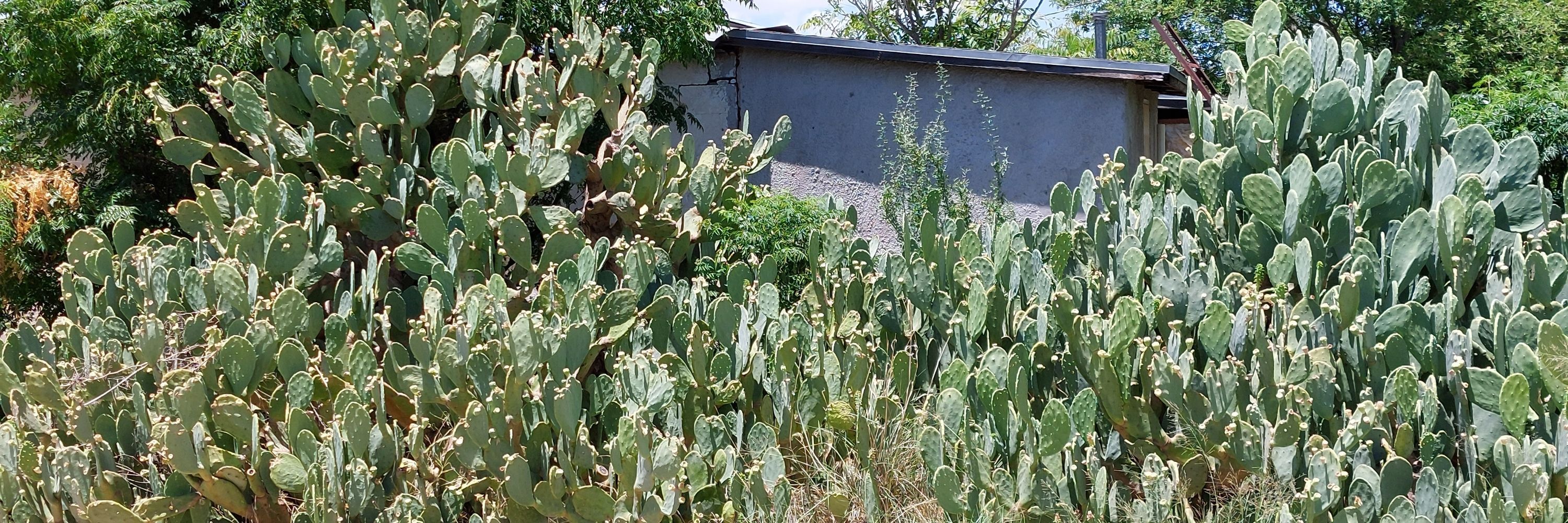
I talk a lot of non-Anglo Texas history but also furry stuff so ymmv
18+⚠️

Happis Yotevember y'all 🤎
Happis Yotevember y'all 🤎
Today, we hope to close the campaign that carried our dream of living with dignity in these hard times.
Samar and I dream of a new start a simple, decent life.♥️
With love and quiet hearts, stand with us in this final moment…
give what you can, and let’s end it as beautifully as it began.💫
Today, we hope to close the campaign that carried our dream of living with dignity in these hard times.
Samar and I dream of a new start a simple, decent life.♥️
With love and quiet hearts, stand with us in this final moment…
give what you can, and let’s end it as beautifully as it began.💫

There's still a long way to go but every single bit helps!
ko-fi.com/pulsebehemot...

There's still a long way to go but every single bit helps!
ko-fi.com/pulsebehemot...
Like this is increasingly believed to depict both an origin of the cosmos and the people, as well as a map of sacred sites from that location, particularly the sacred journey along the springs of Central Texas

Like this is increasingly believed to depict both an origin of the cosmos and the people, as well as a map of sacred sites from that location, particularly the sacred journey along the springs of Central Texas
This is a really interesting piece of research (& the first I believe) to posit the interpretation
Also "Land of the Tejas" by John W. Arnn III goes into the interconnectiveness of the regional peoples of pre-European (and even post) Texas, for further reading

But this also reminds me of a Nahua myth of Huítzilópóchtli beheading Coyolxáuhqui, and tossing her head into the sky to become the Moon.
This is a really interesting piece of research (& the first I believe) to posit the interpretation
Also "Land of the Tejas" by John W. Arnn III goes into the interconnectiveness of the regional peoples of pre-European (and even post) Texas, for further reading

Like this is increasingly believed to depict both an origin of the cosmos and the people, as well as a map of sacred sites from that location, particularly the sacred journey along the springs of Central Texas

Like this is increasingly believed to depict both an origin of the cosmos and the people, as well as a map of sacred sites from that location, particularly the sacred journey along the springs of Central Texas
because like anglo-americans will get a "latina is speaking listen and learn" disposition
and mexicans will be like "oh you're also in the club, awesome"
because like anglo-americans will get a "latina is speaking listen and learn" disposition
and mexicans will be like "oh you're also in the club, awesome"

Me when I'm the commission on environmental quality and I give the ok 👍 to a high density subdivision for them to pump a million gallons of wastewater into a critical aquifer recharge zone
Me when I'm the commission on environmental quality and I give the ok 👍 to a high density subdivision for them to pump a million gallons of wastewater into a critical aquifer recharge zone
It was SO good
I am actually very confident in SA being able to have water well into this century
The largest recycled water system in the US !!!!!
It was SO good
I am actually very confident in SA being able to have water well into this century
The largest recycled water system in the US !!!!!
paypal: www.paypal.me/InternetDrag...
ko-fi: ko-fi.com/gaydragongirl
venmo: account.venmo.com/u/GayDragonG...
#BegPost #MutualAid #MutualAidRequest #transcrowdfund

paypal: www.paypal.me/InternetDrag...
ko-fi: ko-fi.com/gaydragongirl
venmo: account.venmo.com/u/GayDragonG...
#BegPost #MutualAid #MutualAidRequest #transcrowdfund
(cont.)
Mission Concepción used a lot of tufa and adobe; San José also used a lot of tufa
(cont.)
(cont.)
Mission Concepción used a lot of tufa and adobe; San José also used a lot of tufa
(cont.)
In actuality, it's the Geological Society of America. I've been enjoying having them in town. I've been going on their field trips and learning a lot about local geologic processes :)


